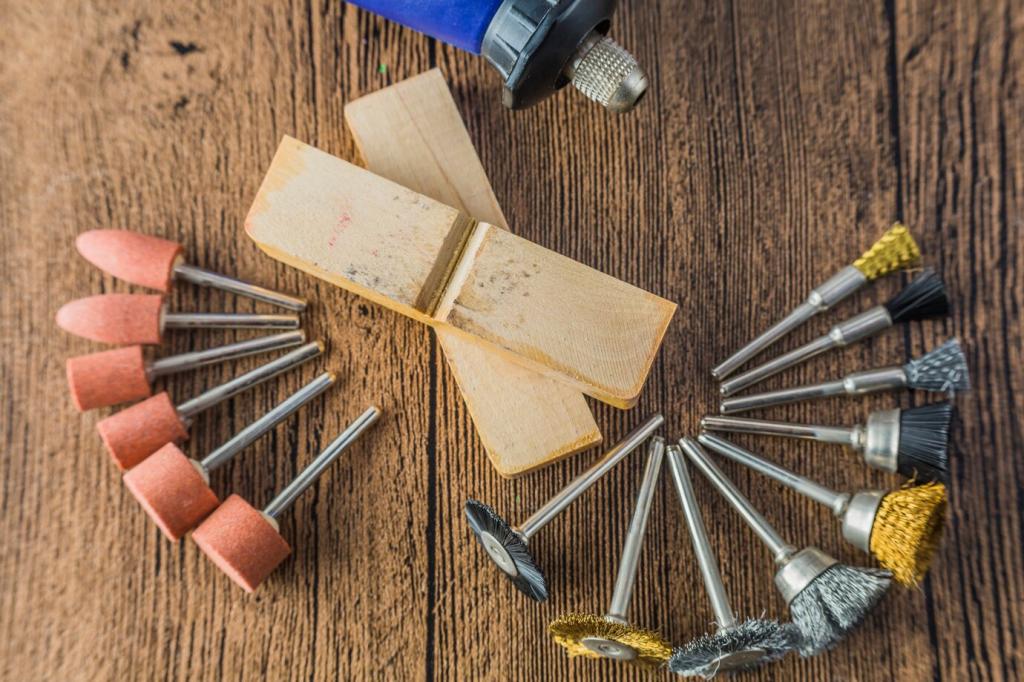
Restore with Confidence: Safety Gear for Furniture Repair and Restoration
Chosen theme: Safety Gear for Furniture Repair and Restoration. A safer shop is a more creative shop. From goggles that catch flying staples to respirators that filter stubborn fumes, we’ll help you protect what matters most: your hands, lungs, hearing, and momentum. Join us, subscribe for practical checklists, and share your own safety wins so our community learns together.
Gloves that Match the Task
Nitrile gloves shield against solvents; leather resists abrasion; cut‑resistant knits protect from slips. Choose snug sizing, double‑glove for stripping, and swap promptly when tacky. A slipped chisel once grazed only my glove, not my finger. What glove brand never lets you down?
Eyes and Face First
Wraparound, impact‑rated goggles (ANSI Z87.1) beat regular glasses every day, especially with anti‑fog coatings and a snug strap. Add a face shield when scraping finishes or tensioned parts release. A flying upholstery staple once kissed my lens—comment if goggles saved your eyes too.
Choosing the Right Filter for the Job
Use P100 filters for fine sanding dust and potential lead; use organic vapor cartridges for solvents, strippers, and finishes. Some projects require combination cartridges. Label cartridges by task, track hours, and replace at the first whiff. What finishes challenge your filters most?
Fit Testing at Home That Actually Works
Perform a user seal check every time: inhale to feel negative pressure, exhale to spot leaks. Facial hair breaks seals; consider a powered respirator if shaving is off the table. If you can smell lacquer, stop and reassess. Share your fit‑check routine.
Ventilation You Can Build in an Afternoon
Create a cross‑draft: a box fan exhausting through a window, a make‑up air opening opposite, and a MERV 13 pre‑filter to protect the fan. Keep sparks far from solvent vapors. Never aim heaters at finish fumes. Describe your airflow setup—what CFM worked best?
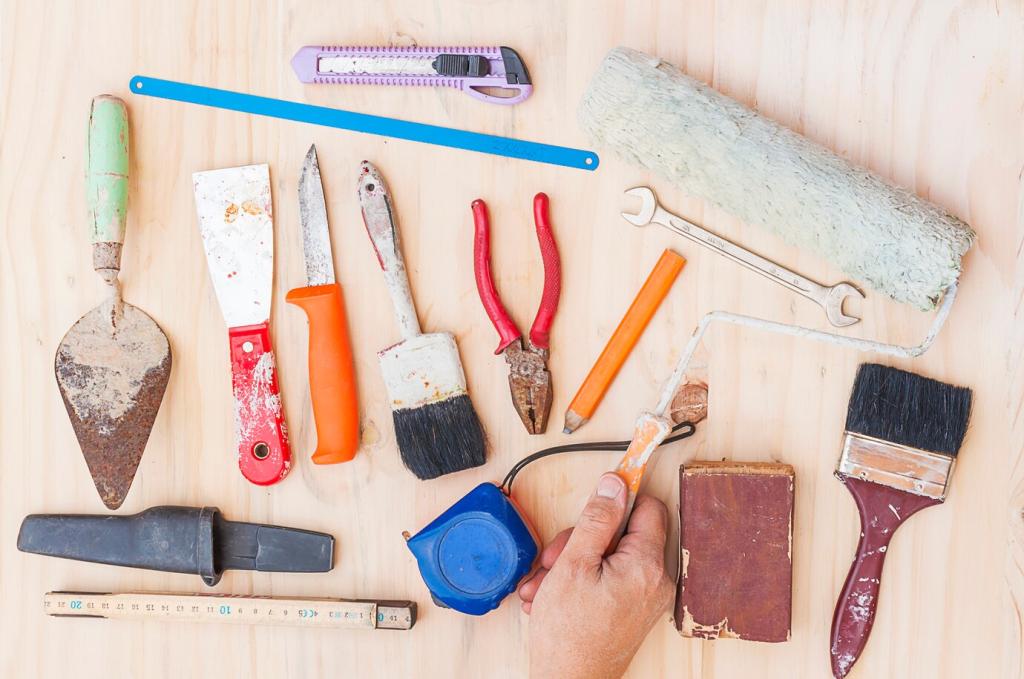
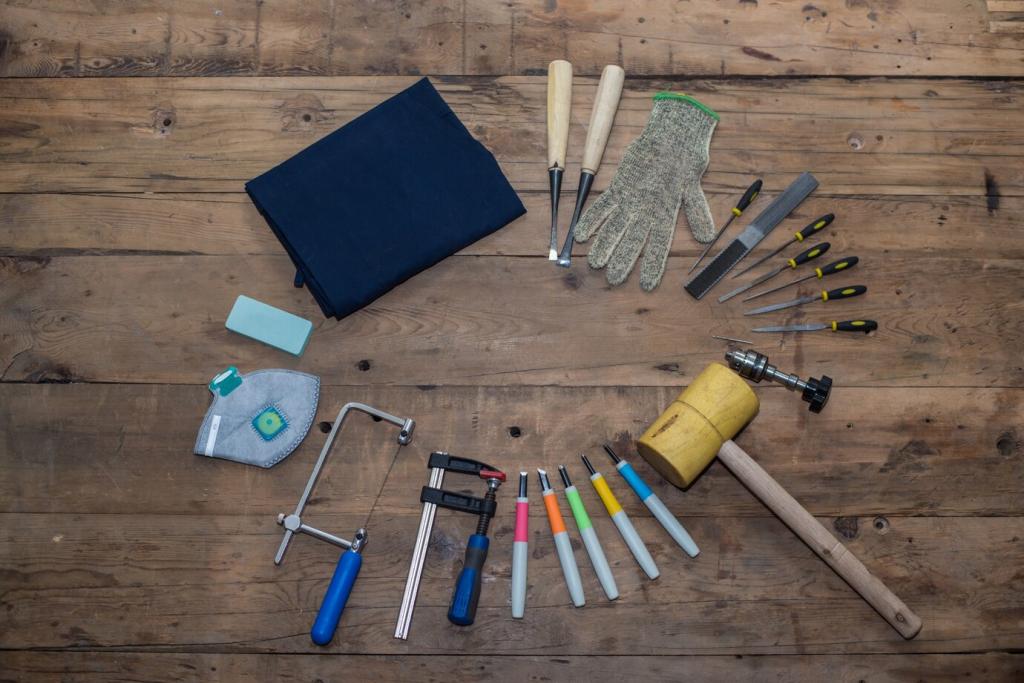
Noise, Vibration, and Ergonomics: Protecting the Body You Work With
Look for proper NRR, insert foam plugs deeply, and seal earmuffs around hair and glasses. For planers or routers, double up: plugs plus muffs. Keep a clean case so protection is always accessible. What ear protection stays comfortable through a long sanding marathon?
Noise, Vibration, and Ergonomics: Protecting the Body You Work With
Anti‑vibration gloves reduce tingling during extended sanding and wire‑brushing. Pair with tacky, solvent‑resistant grips to steady awkward pieces. Schedule micro‑breaks to shake out hands and restore circulation. Have a favorite glove that balances dexterity and damping? Share your model and field notes.
Thick nitrile (8 mil) or laminated gloves resist hot solvents longer; splash goggles beat fashionable frames every time. A butyl or PVC apron prevents wicked spills. Extend sleeves, tuck cuffs, and decant into metal trays. Which glove thickness balances feel and safety for you?
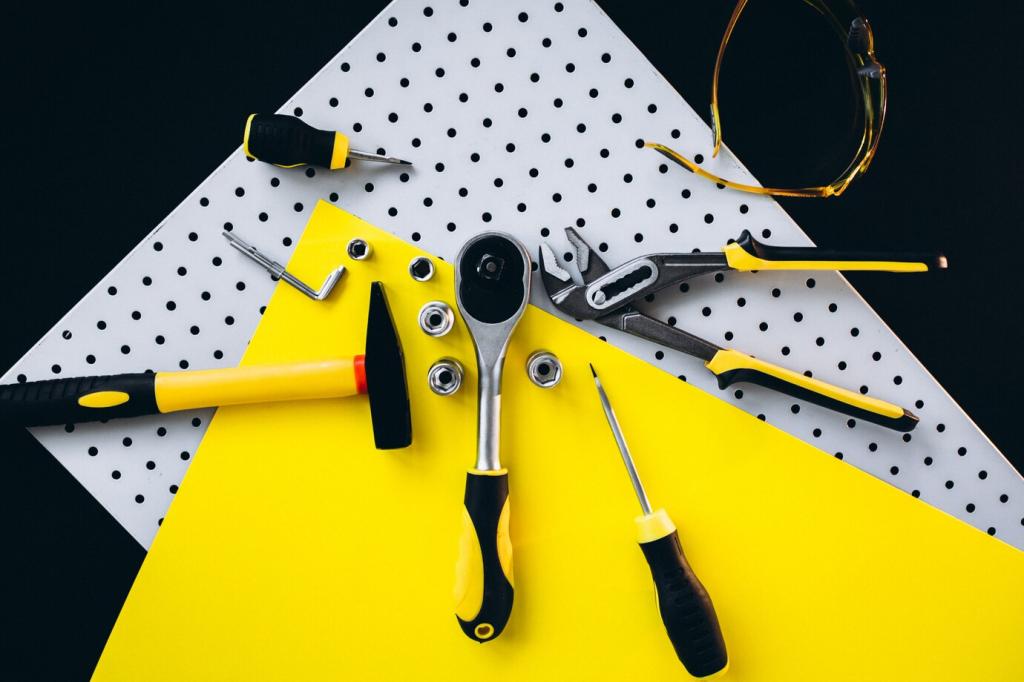
Tool‑Specific Protection for Common Restoration Tasks
Cut‑resistant sleeves prevent forearm surprises; push sticks and blade guards are non‑negotiable; magnetic trays corral sharp offcuts. Inspect safety glasses for scratches that distort depth. A chipped lens once warned me to back off. What’s your must‑use accessory for safer ripping or paring?
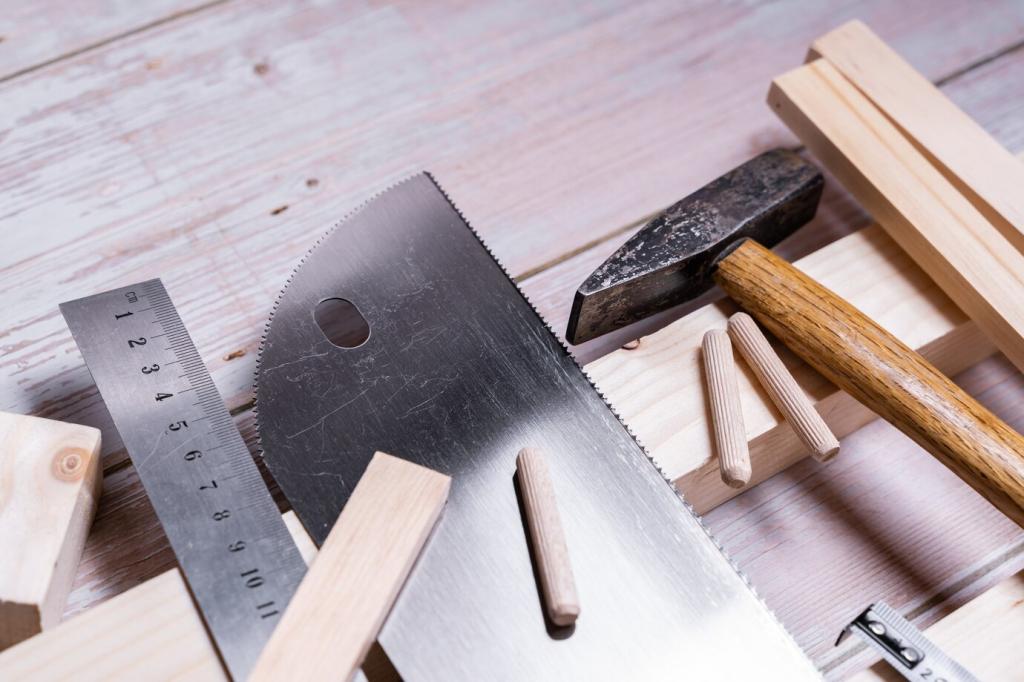
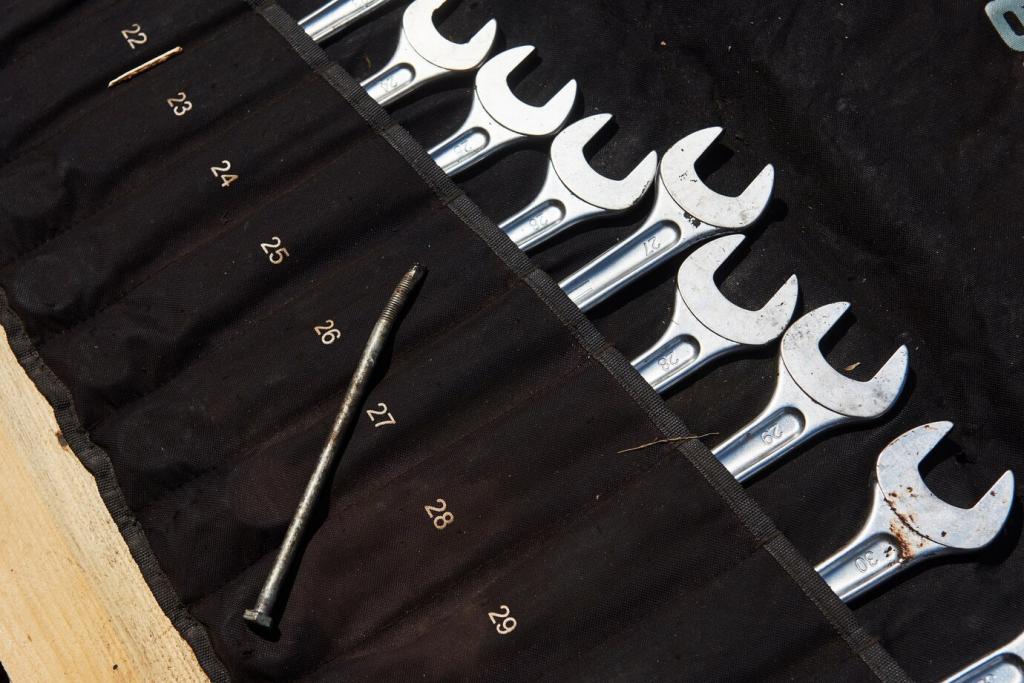
Tool‑Specific Protection for Common Restoration Tasks
Pair P100 filters with organic vapor cartridges when stripping; wear disposable hooded coveralls; attach a HEPA vac to sanders and empty outside. Tack cloths grab the last dust. Wet‑sand when possible to tame plumes. Share your dust‑control tricks that actually work.
Checklists, Maintenance, and Safe Habits You’ll Actually Keep
Inspect goggles, test respirator seal, confirm cartridge type, glove up, hydrate, and verify lighting. Check extinguisher gauges and restock first‑aid essentials. Tell someone you’re working and set your phone’s emergency features. What items top your checklist? Add them so others can borrow.
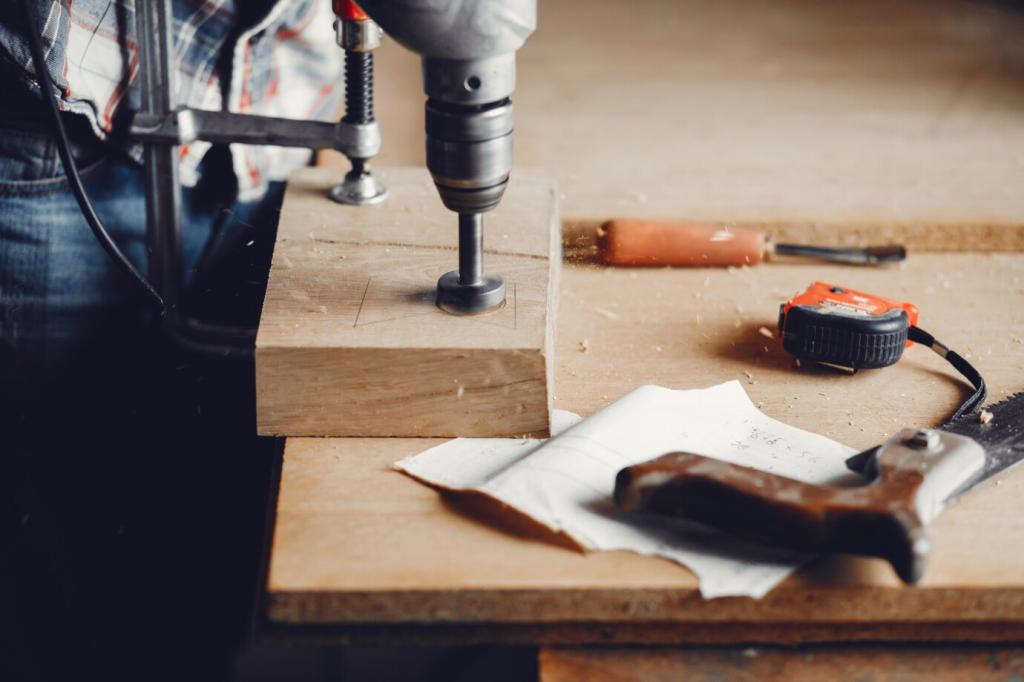
Join our mailing list
